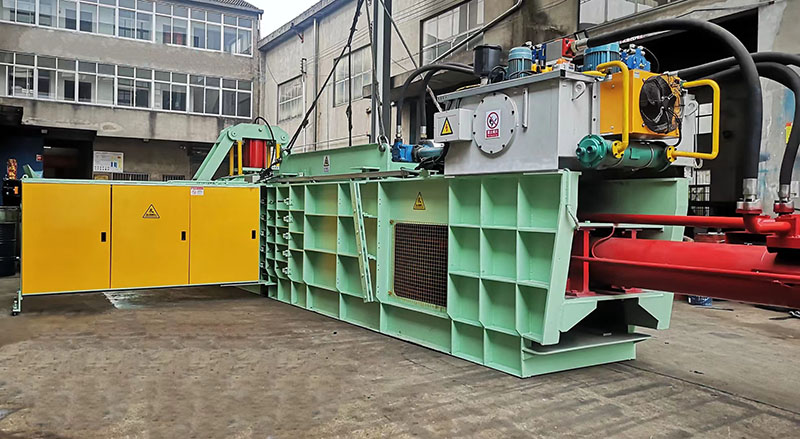4. Application Scenarios and Economics: Waste paper balers are widely used in paper mills, supermarkets, and other scenarios that produce well-formed paper products, with a baling density of approximately 500-800 kg/m³. Plastic balers are suitable for recycling stations, chemical plants, etc., producing plastic bales with a density of 800-1200 kg/m³, but the purchase cost of plastic balers is typically 40%-60% higher than that of comparable waste paper balers. The selection of the two types of equipment should be based on a comprehensive consideration of the type of material, the processing volume, and the long-term operating costs. Optimized design can significantly improve recycling efficiency and economic benefits.

"Choosing high-quality materials and equipment components to enhance durability and reliability is also crucial to improving overall operational efficiency and stability, thus ensuring the long-term development of your business." You can make corresponding adjustments and optimizations based on your specific needs and actual situation to improve your paper industry productivity!

It is recommended to consult the manufacturer or seller before purchasing to understand the specific equipment performance and features in order to better select machinery suitable for your production needs and obtain a good user experience and economic benefits. Overall, operation is relatively simple and easy to learn; generally, after a few training sessions, one can master the entire process and adapt to the needs of automated operation.

In summary, this equipment not only improves the efficiency of waste paper processing in industrial applications but also promotes resource recycling, making it an indispensable piece of equipment for modern green and efficient production. With increasing environmental awareness and technological innovation, its applications will become more widespread and its functions more comprehensive.

Starting the hydraulic oil pump:Start the hydraulic oil pump to begin compression baling. During this process, the operator needs to closely monitor the hydraulic oil pressure changes and the baler's operating status. If any abnormalities are found, stop the machine immediately for inspection.

Email:info@nkbaler.com Nickbaler888@gmail.com
WhatsApp: 008615021631102

